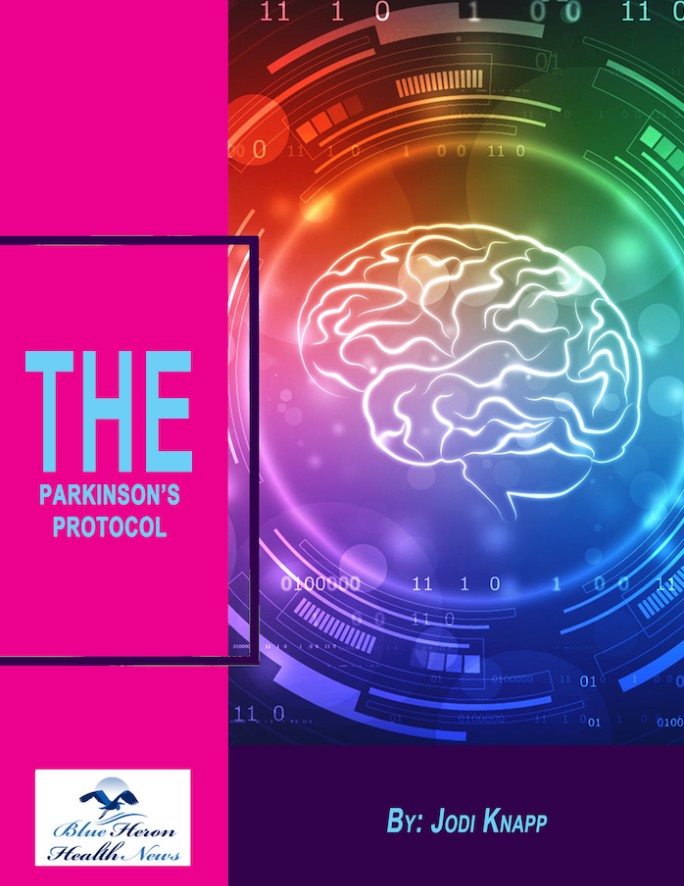If you are unfortunate enough to deal with Parkinson’s disease, you know that there can be many unpleasant aspects to managing the condition. One of the biggest challenges is keeping your balance and your ability to move independently. As you age, the degeneration of dopamine and l-dopa monocytes in the brain makes it much harder for the brain to control movement without these neurotransmitters. This article will cover the basics of the disease and what you can expect at the next step in the Parkinson’s Disease Protocol Review.
Parkinson’s disease protocol review
This disorder is one of many conditions that can be confused with age. It usually begins to manifest itself in the last years of the patient’s life. The most common symptom associated with this condition is stiffness in the limbic area of the penis (LMPA) or the site in the brain that controls the outward movement of the penis. Unfortunately, symptoms do not begin to manifest until the second year of the disease. If you suspect you may have Parkinson’s but are unsure, the following information will be helpful to make the correct diagnosis and treatment decisions.
The patient’s medical history is of paramount importance. This section will detail everything from the moment a patient receives a diagnosis of Parkinson’s when the patient is experiencing exacerbations, or the condition is stable. This section should include a brief history of the patient’s symptoms and the treatments received to date. The medications given should also be mentioned. The drugs the patient is taking, and the dosage must be clearly stated.
Physical therapy is crucial when dealing with complications that can arise from Parkinson’s. This step will detail the techniques and equipment used to manage the symptoms of this condition. All equipment requested by the patient should be described in this section and the frequency of use, and any adjustments. This section is usually available on the unit’s website, so all a carer needs to request a report.

the parkinson’s disease protocol review
Another essential aspect of documentation is the assessments that caregivers must make of the patient. Evaluations are usually done while the patient is at home. These assessments are made based on the caregiver’s ability to handle the specific requirements of the patient present. The report will go into specifics of what the patient is asking for. This section should also include details of how the disease was diagnosed and the treatment the patient is undergoing.
This document is helpful in cases where the patient has difficulty walking and is unable to self-medicate. It is also beneficial in cases where the patient has tremors and difficulty speaking. To help caregivers better understand the patient’s condition, the document helps keep caregivers updated on the day-to-day situation the patient is experiencing. This will allow caregivers to better understand the patient’s shape and needed care when visiting a Parkinsons’ Care Home.
In many ways, the most effective way to treat this disorder is with modern medicines and medical devices. The most common medications prescribed to PD patients include those used to treat high blood pressure, cardiovascular disease, and depression. Unfortunately, these methods only deal with problems at the physical level and contribute little to the overall solution. This is why the next step in the Parkinson’s disease protocol review process involves using therapies. Psychotherapy is often the first treatment recommended by doctors, although this is not always the case. According to the American Parkinson’s Association, most patients who experience disabling symptoms of PD can benefit from psychotherapeutic therapies.
Take supplements for the body.
In addition to psychotherapy, patients are also advised to take vitamin supplements. Although the condition may worsen due to vitamin deficiency, the person should continue to take a daily multivitamin. The American Parkinson’s Association recommends Vitamin E as a dietary supplement for patients diagnosed with the disease. Although Vitamin E may not be a cure for the entire course of the disease, it does appear to provide some degree of protection against advanced stages.
It is important to note that the use of antipsychotics should be strictly limited to treating the parkinsonian disorder. Unfortunately, antipsychotic drugs often increase dopamine levels in the brain. This leads to the formation of the condition in patients who have developed the motor difficulties characteristic of PD. In addition, antipsychotics can cause some problematic side effects such as memory loss, hallucinations, agitation, headache, dizziness, nausea, and sexual dysfunction. Therefore, the use of anti-Psychosis should only be considered as a last resort for patients with severe symptoms. These drugs should then be limited to treating Parkinson’s disease rather than a condition primarily caused by an imbalance of brain chemicals.

the parkinson’s disease protocol review
Another treatment option your doctor may recommend involves the use of neurofeedback. Neurofeedback is based on the theory that patients can enhance brain activity by influencing the frequency of brain waves. When brain waves fluctuate at suboptimal levels, the brain can “gradually lose” its ability to perform certain functions. To treat the disorder, patients will be taught how to monitor their brain wave activities and then make changes to help them improve their quality of life.
It is also important to note that patients who have progressed to the advanced stage of the disease should also receive additional treatment. PD is known to be progressive. As the disorder progresses, patients face more cognitive problems. Furthermore, as the disease progresses, the body’s ability to control movement is negatively affected. Therefore, even mild symptoms such as stiffness, tremors, and loss of muscle coordination must be treated.
Research done on the treatment of PD has shown promising results. However, the success rate for people with this disorder is still relatively low. This is mainly because most people with PD don’t get treatment until it’s too late. This leads to the fact that most people diagnosed with the disorder do not live past 65. A review of Parkinson’s disease regimens should include a detailed discussion of the latest advances in the treatment of this disorder.





